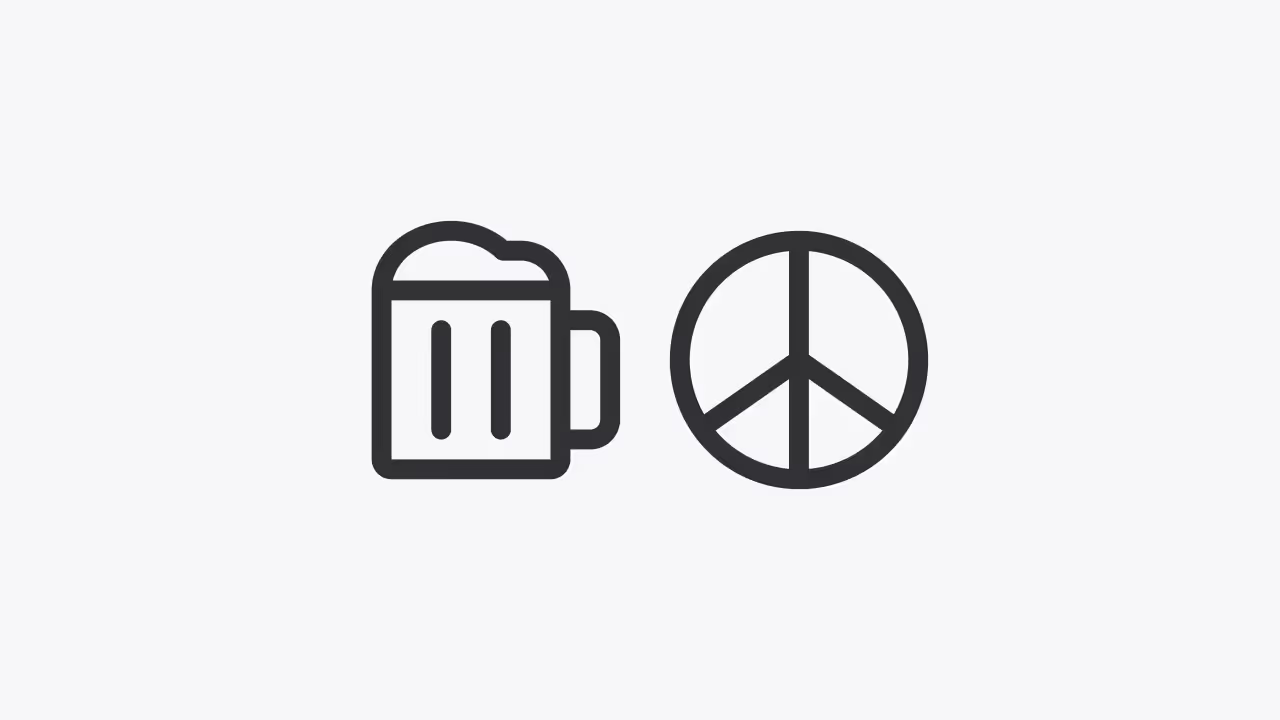Designing with empathy is one of the things that I found most challenging to grasp. I mean, verbally it's almost obvious, but it took me a lot to put it into practice.
One thing is to imagine what the user could do, that is, to think about what they might need.
But when they talk about empathy, I understand that they are referring to "What would the user need right now in this moment."
After a long time working as a UX designer, I have come to the conclusion that there is a fundamental concept that goes beyond aesthetic interfaces and functionality.
Designing with empathy is much more than just creating something visually appealing; it involves deeply understanding users' needs, desires, and emotions to provide meaningful solutions that genuinely improve their lives.
And this is tremendously complicated.
For me, it was very difficult to think on a deeper level.
So, what can we do to design more empathetically?
Well, there are actually several methods and methodologies. Some use empathy maps, which are like a series of exercises that help them ask certain questions that lead to generating specific answers. These answers contain valuable information that aids designers in creating with more definition.
One of the things that helps me design with more empathy is breaking down functionality.
Instead of saying "I have to create a checkout flow."
I frame scenarios like:
- I need to understand how the user arrives at the checkout flow.
- As a user in this flow, what is my main goal? To make a purchase?
- Does the user need to register to complete the purchase?
- How will the user know they've succeeded?
- How should the UI appear if I haven't succeeded?
- If the user is not logged in, when should I show them the login flow? At the beginning? When they add an item to the cart?
- Etc, etc.
And we could spend hours determining all these details.
All these considerations help us as designers determine the steps the user will take to complete an action.
By having all the detailed actions as much as possible, I can think about the flow, the steps, and based on this information, design.
This concept might seem obvious, but it's not. Because unconsciously as designers, we tend to design based on our own experience, likely under the references and inspiration we have.
When we should actually design, thinking about what the user needs and what the main actions are that they need to carry out to complete the flow.
It's incredible, but the phrase "you are not the user" is entirely true. Designing with empathy is what has helped me take my UX to the next level.
Over time, you'll realize that the more you design from this perspective, the better designer you'll become.
Ultimately, being a UX/UI designer means having a multitude of references, having an organized repository, and designing with empathy.
What benefits can designing with empathy bring us?
- Greater Engagement: Solutions designed with empathy emotionally connect with users, leading to higher engagement and retention. They notice that you're designing for them.
- User Loyalty: Users appreciate feeling that their needs and emotions are understood. This can foster greater loyalty towards your product.
- More Effective Solutions: Designing with empathy leads to the creation of more relevant and effective solutions, as they're based on a deep understanding of users.
- User-Centered Innovation: Empathy can lead to identifying design opportunities that might otherwise have gone unnoticed.
Put in the effort, you'll thank me later!
Until next time.
Cheers, Jordi Espinosa.



%201.svg)
%201.svg)
%201.svg)



